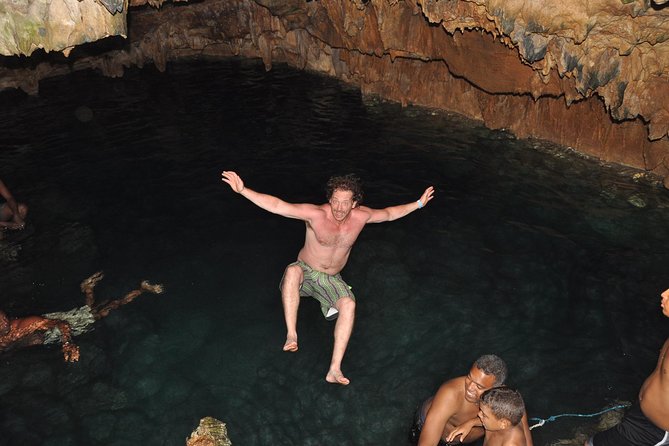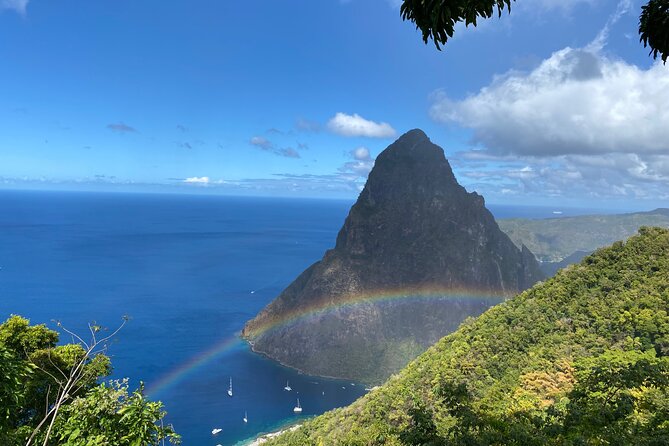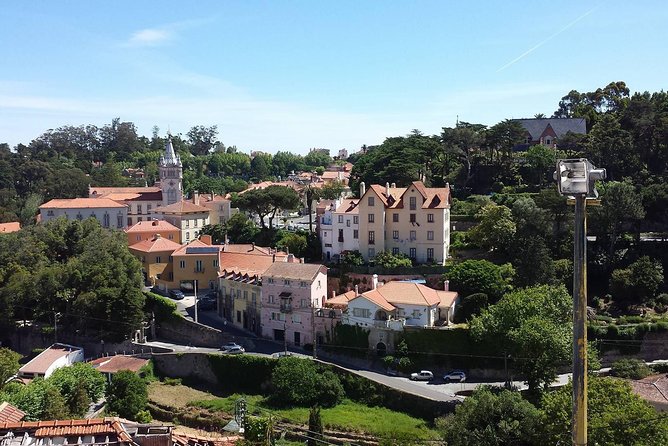Tirana, the capital of Albania, bears the scars of its communist past. From the imposing Skanderbeg Square to the iconic Pyramid, these landmarks stand as reminders of the authoritarian regime that once ruled the country. Yet, in the years since the fall of communism, these sites have undergone a remarkable transformation. Hosting vibrant cultural events and reflecting Albania’s journey to democracy, they offer a powerful testament to the resilience and adaptability of the Albanian people. Explore Tirana’s communist legacy and discover how this city has emerged from the shadows of its past.
Key Points

- Tirana’s public spaces, such as Skanderbeg Square, were once dominated by symbols and monuments glorifying the communist regime’s oppressive rule under Enver Hoxha.
- The Pyramid of Tirana, originally built as a museum honoring Hoxha, has been transformed into a vibrant cultural hub, reflecting Albania’s transition from communism to democracy.
- The Bunkart 2 museum, a former secret command center, now provides a chilling yet insightful experience into the paranoia and repression that characterized Hoxha’s regime.
- Hoxha’s authoritarian control over Albania led to a climate of fear, curtailed individual freedoms, and a pervasive state security apparatus that stifled free expression.
- Life under communist rule in Albania was characterized by limited freedoms, centralized economic planning, and the dominance of communist ideology in all aspects of society.
Exploring Tirana’s Communist Legacy
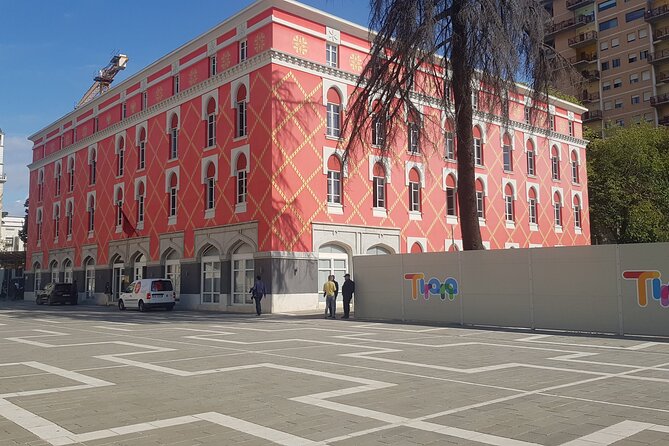
On this communist history tour of Tirana, travelers explore Albania’s socialist past, uncovering the city’s landmarks that bear witness to the Enver Hoxha regime’s influence.
The tour explores Skanderbeg Square, the heart of Tirana, where the former leader’s statue once stood tall.
Next, the Pyramid of Tirana, an iconic building that once served as a museum dedicated to Hoxha, provides a glimpse into the cult of personality that defined the communist era.
At Bunkart 2, a former nuclear bunker turned museum, visitors gain a deeper understanding of the paranoia and isolation that characterized life under the regime.
This immersive experience offers a thought-provoking look at Tirana’s complex history.
Skanderbeg Square: Heart of the City

Skanderbeg Square stands as the beating heart of Tirana, a central gathering place that has borne witness to the city’s tumultuous communist past.
At the square’s center stands the towering statue of Skanderbeg, the national hero who led the resistance against the Ottoman Empire.
Around the square, visitors can explore the Palace of Culture, the Et’hem Bey Mosque, and the National History Museum, all of which offer insights into Albania’s complex history.
Today, the square continues to serve as a hub of activity, hosting festivals, protests, and political rallies. Its enduring significance reflects the resilience and determination of the Albanian people, who’ve weathered decades of communist rule and emerged as a proud, vibrant nation.
Pyramid of Tirana: Symbol of Communism
The Pyramid of Tirana stands as a striking monument to Albania’s communist past, a testament to the grandiose ambitions and excesses of the Enver Hoxha regime. Constructed in 1987 to serve as a museum honoring the former dictator, the unique structure has since taken on a new life, evolving from a symbol of oppression to a canvas for public art and a hub for cultural events.
Today, the Pyramid:
- Hosts art exhibitions, music performances, and film screenings, offering a vibrant cultural space for the people of Tirana.
- Provides a stunning backdrop for social gatherings and community events, as the public reclaims this once-imposing structure.
- Remains a thought-provoking reminder of Albania’s complex history, a physical manifestation of the country’s transition from communism to democracy.
Bunker Museum: Delving Into the Past
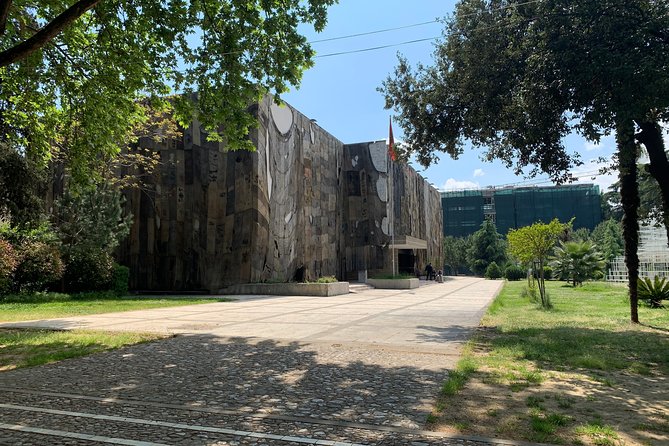
What better way to explore Albania’s communist past than by exploring the Bunkart 2 museum in Tirana?
This captivating underground bunker, once a top-secret command center, now serves as a poignant reminder of the country’s tumultuous history under the Enver Hoxha regime.
Visitors can wander through the maze of tunnels, discovering exhibits that shed light on the paranoia and oppression that characterized the communist era.
From re-created offices to displays of Cold War-era technology, the museum offers a visceral glimpse into the daily lives and fears of those who lived under Hoxha’s iron-fisted rule.
It’s a powerful and thought-provoking experience that provides valuable insights into Albania’s complex past.
Insights Into Enver Hoxha’s Regime
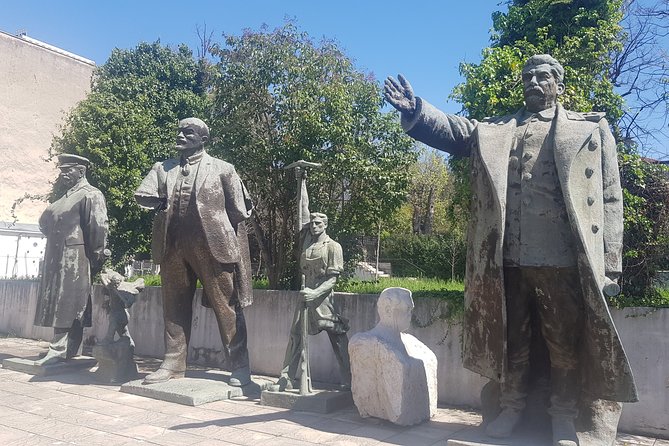
Under Enver Hoxha’s authoritarian rule, Albania descended into a climate of fear and oppression during the communist era.
The pervasive state security apparatus, with its network of informants, stifled free speech and curtailed individual freedoms.
A cult of personality surrounding Hoxha dominated all aspects of public life, from education to the media.
Albania’s isolationist policies cut the country off from the outside world, severely limiting contact with foreign influences.
This repressive environment left an indelible mark on the psyche of the Albanian people.
Life Under Communist Rule in Albania
Life under communist rule in Albania was a stark reality for its citizens, as the regime’s heavy-handed control permeated every aspect of daily life.
The authoritarian government, led by Enver Hoxha, closely monitored and restricted the activities of the population. Citizens faced limited freedoms, repression, and a lack of basic rights.
The economy was centrally planned, with private property and businesses effectively abolished. Albanians endured shortages of food, consumer goods, and essential services.
Cultural expression was tightly controlled, and dissent was swiftly crushed. The communist ideology dominated all spheres of life, shaping everything from education to media.
Enduring this oppressive system profoundly impacted the psyche and daily experiences of the Albanian people.
Private Transportation and Tour Details
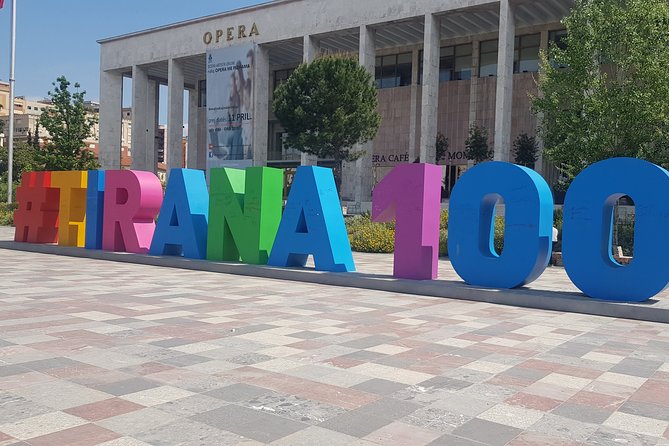
The communist history tour of Tirana begins with a private transportation arrangement, as participants are picked up from the steps of the Opera house under the OPERA sign.
Lasting approximately two hours, the guided walking exploration takes small groups of no more than 15 travelers through the city’s key landmarks, providing insights into the rule of Enver Hoxha and life under communism.
At the end of the tour, visitors are treated to coffee/tea and lunch at the Komiteti Bar.
The tour package includes:
- Private transportation to and from the tour sites
- Guided walking tour of Tirana’s communist-era landmarks
- Coffee/tea and lunch at the Komiteti Bar
This comprehensive experience offers an immersive look into Albania’s communist past, bringing the country’s history to life.
Booking and Cancellation Policies
Travelers can secure their spot on the communist history tour of Tirana with a confirmation at the time of booking. Plus, a 24-hour cancellation policy is in place, allowing for a full refund should plans change.
However, the tour may be canceled due to weather conditions or if the minimum number of participants isn’t met. This flexibility ensures travelers can adjust their schedules as needed while also protecting the tour operator’s ability to run the experience.
With clear communication and straightforward policies, the booking process is designed to be simple and hassle-free, allowing guests to focus on the fascinating insights into Tirana’s communist past.
Frequently Asked Questions
Is the Tour Suitable for Children?
The tour may not be suitable for children, as it focuses on the communist history and landmarks of Tirana. The content and length of the tour might not engage younger audiences. Parents should consider the child’s interest and age before booking.
What Language Is the Tour Conducted In?
The tour is conducted in English. The knowledgeable local guide will provide an informative and engaging exploration of Tirana’s communist history and landmarks, making it accessible for English-speaking travelers.
Can the Tour Be Customized for My Interests?
Yes, the tour can be customized to suit your interests. The tour provider is flexible and willing to tailor the experience to focus on the aspects of communist history and landmarks that are most important to you.
Are There Any Accessibility Accommodations Available?
This tour offers select accessibility accommodations. Travelers should contact the tour provider in advance to discuss their needs. The tour provider will make reasonable efforts to accommodate guests, though full accessibility cannot be guaranteed across all sites.
What Is the Dress Code for the Tour?
The tour doesn’t have a strict dress code, but comfortable walking shoes and casual clothing are recommended. Visitors should dress appropriately for the weather and be prepared to spend time outdoors exploring Tirana’s historic sites.
Recap
Tirana’s Communist-era landmarks now host vibrant cultural events, reflecting Albania’s journey from authoritarian rule to democracy.
These sites stand as powerful testaments to the resilience and adaptability of the Albanian people, who’ve weathered a turbulent past and emerged with a renewed sense of identity and purpose.
Exploring Tirana’s communist legacy offers a poignant glimpse into the country’s complex history and its transformation to a more open and vibrant society.

